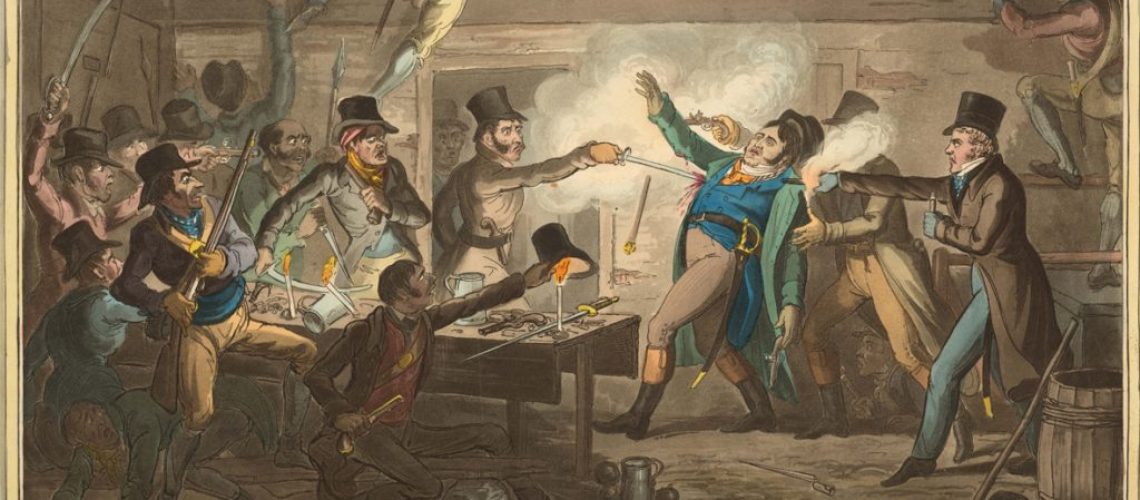Tread in the footsteps of the Cato Street conspirators, who on 23 February 200 years ago plotted to assassinate the prime minister and bring down the government.
By Rosemary Barnes
This year sees the bicentenary of an attempt to overthrow the government of the day and establish an egalitarian regime based on reformist principles. It was the last time such a co-ordinated approach was attempted. And yet this conspiracy and its aftermath are not widely known about, in contrast to the Gunpowder Plot of 1605. So what is the backstory to this failed coup?
The early 19th century was a time of political unrest. Soldiers returning from the Napoleonic wars were unable to find unemployment at home, the agricultural economy was rationalising, and industrial progress was putting working people out of work. Food prices were rising. Coupled with these grievances was a new spirit of democracy, filtering in from France. Workers were demanding their rights and the authorities were worried.
The previous year (1819) the peaceful demonstration at Peterloo had been met with indiscriminate violence, resulting in 15 deaths and over 400 people injured. Fearing uprisings, Lord Liverpool’s government had introduced repressive measures (The Six Acts) to curtail the rights of individuals to gather together and to silence the radical press. It was against this backdrop that the conspirators pieced together a plan to assassinate the cabinet.
The leader of the band was Arthur Thistlewood, a fanatical advocate of progressive policies. He plotted with fellow activists at rented premises in Cato Street, then a rural area in Marylebone. The plan was to storm a dinner party hosted by Lord Harrowby, at which the members of the cabinet would all be present, and slaughter the entire gathering. The vision was to spark off a revolution, creating a fairer society in which all could prosper. But there was a police spy in the group who tipped off he authorities and the Cato Street meeting place was raided, resulting in the death of a policeman. The conspirators were charged with treason, five were executed and five were transported to Australia.
This year, the Westminster Archives are organising a number of festivities to commemorate the bicentenary, including 2 walks led by City of Westminster Guides, 200 years to the day, on 23 February. The walks will start from Marylebone Library at 11am and 1pm and progress to Cato Street to the site of these momentous events. You will learn about the Marylebone of 200 years ago, which at the time was a countrified enclave very different from the bustling streets of the metropolis that we see today.
The walks will take place on Sunday February 23, starting outside Marylebone Library. For more details and to book, contact Peter Daniel, pdaniel@westminster.gov.uk or call 020 7641 5182
Westminster Archives on Facebook: https://tinyurl.com/westmr-archives-cato
Learn more about the Cato Street Conspiracy at the British Library:
- Illustrated history of the plot extract, https://tinyurl.com/bl-cato-plans
- Cato Street trials, https://tinyurl.com/bl-cato-trials
- Executioner’s axe https://tinyurl.com/bl-cato-axe
Cruickshank Print Image Credit: Westminster Archives

